RatingsPros:Rich, complex, and unconventional filter tones. Super-useful filter inversion switch. Cool distortion tones. Cons: Expensive. Union of resonance and distortion controls might be limiting for some players. Street: $270 Death By Audio Deep Animation deathbyaudio.com | Tones: Ease of Use: Build/Design: Value: |
Apart from the Fuzz War, which is still unusually savage for a fuzz, Death By Audio is rarely the choice of players looking to do “normal.” So it’s little wonder that DBA makes it less than obvious that the Deep Animation is an envelope filter. After all, being up front about its identity might stifle the imagination or suggest that the Deep Animation is limited to funkily quacking away on motherships and shakedown streets. The Deep Animation can perform such tasks (albeit with a dirty DBA twist). But it’s also capable of about a zillion other noises that neither sound nor feel like traditional envelope filtering. And in classic Death By Audio fashion, the Deep Animation is often most interesting when used for something apart from its most obvious application. While it can take time to get a feel for the Deep Animation’s responsiveness and how it fits into your own style, the pedal is full of surprises and unconventional tones that make the search worthwhile.
A Sensitive Monster
All things considered, the Deep Animation’s controls are pretty simple. But they are interactive and sensitive to differences in pickup output and guitars’ harmonic signatures. And even if you have a feel for the way classic envelope filters work, you have to plug in and start twisting knobs to understand the Deep Animation’s idiosyncratic take on the effect. The sensitivity knob, which controls the filter threshold, is, in fact, quite sensitive and more effective for it. Counterclockwise settings are more dynamic, enabling more control of the filter through picking intensity. (You can even zero out the filtering effect by turning it completely counter clockwise).
The intensity control can also feel quite complex. As you rotate it clockwise, it increases resonance and the distortion that makes the Deep Animation sound unique among envelope filters. As you get to know the pedal, you can find yourself wishing that the distortion and resonance had separate controls. In reality, the distortion is well and interestingly matched to filter throughout the resonance curve. When using the intensity knob freely, you do have to mind the master volume control, which has a wide range. Adding intensity also adds gain, and a drastic increase in intensity can mean a startling spike in volume.
While the intensity control might unleash the essence of the Deep Animation’s unique voice, the frequency selector is the key to unlocking its multifaceted personality. The trebliest mode can be quite piercing, but it’s amazing for creating hooks and short licks that pop. Even single-chord stabs can completely shake up a song or phrase in this mode—especially with a long delay or reverb. Mode 5, another treble-y setting, is distinguished by an awesome trashy AM tinniness that, interestingly, also has a mellowing effect on the filter and distortion. It’s a killer alternative to vintage fuzz for garage licks and hooks.
Modes 4 and 3 are the most classically quacky. But the way these more bass-rich filter settings can interact with the distortion and vowely resonance can make you rethink aversions to familiar waka-waka filter tones (if you have them). Irregular picking patterns that de-emphasize percussive, funky attack and let individual notes linger can sound amazingly complex in these modes, and invite new approaches to leads and riffs. Modes 2 and 1 have a very bass-heavy filter emphasis, and very different responsiveness. Mode 2 can remain very vocal, giving the filter the texture and response of a super-rich cocked wah. Mode 1’s filter emphasis is so far down the hertz scale that you start to hear less of the vowely effect of the filter, unless, paradoxically, you reduce the intensity—at which point you can vaguely replicate the sound of elephants conversing via telephone underwater. At higher intensity levels, though, it lends and awesome and surprisingly singing low-mid resonance to lyrical single-note leads in low registers. Again, you’ll get tones here that may not suit every setting, but can invite complete new approaches to phrasing and melody.
Alternate Universes
While the filtering modes and capacity of the Deep Animation are awesome, the most useful and transformative feature of the pedal might be the up/down footswitch. Its function is simple: in “up” mode, the pedal merely reverses the way the filter sweeps at a given setting. But the end result is effectively the transformation of the Deep Animation from envelope filter to gloriously gnarly distortion. In just about every frequency mode, you get focused, narrow, but super-colorful and toothy distortion that sounds fantastic for grinding power chords. And even though the filter sweep comes at the end of a given sweep, resulting in a relatively abrupt decay, sustain is still impressive and enhanced by many overtone colors.
The Verdict
The descriptions above really just scratch the surface of the Deep Animation’s capabilities. There’s no end to the chaos you can generate, manipulate, and exploit beyond the most obvious uses. And while it’s expensive, the Deep Animation’s capacity to completely recast stale riffs and beckon players toward new approaches makes it worth its weight in any number of precious metals. It’s not a tool for conservative or lazy players. But those that are neither will find a rich mine of filtering alternatives here.









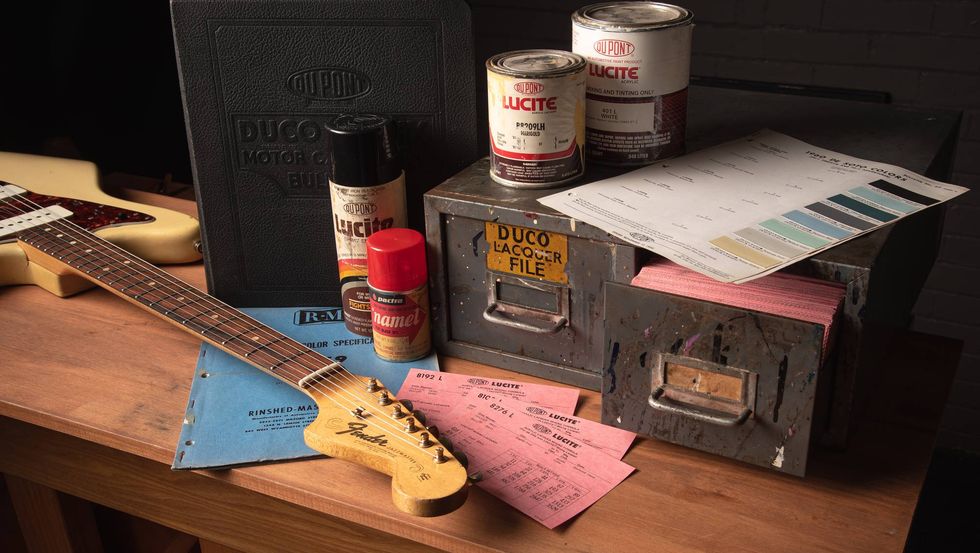
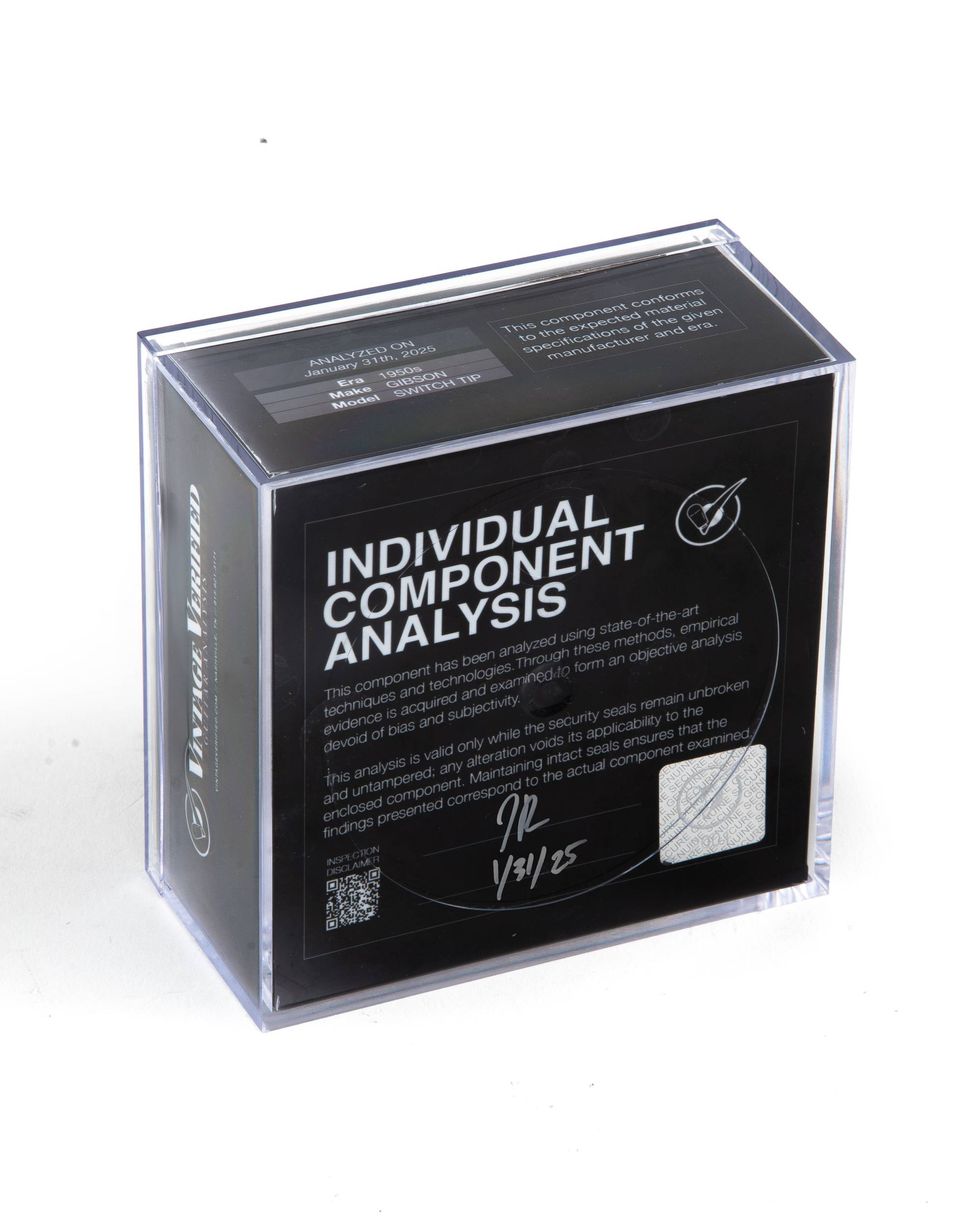

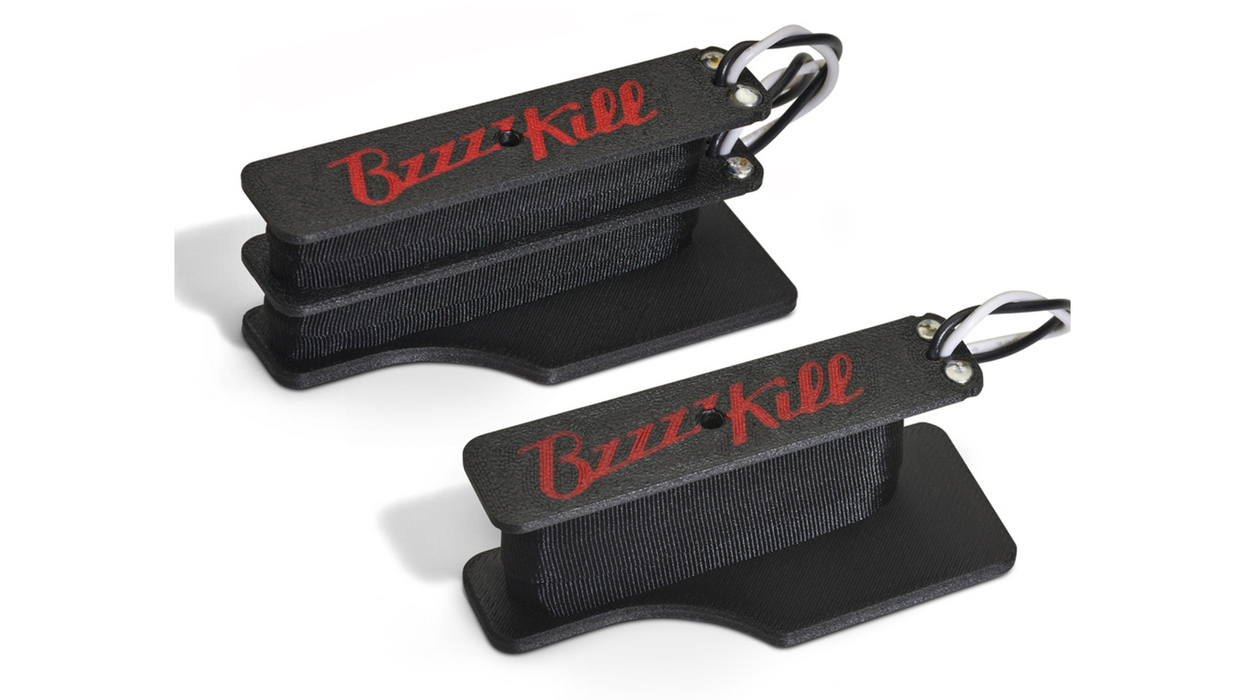


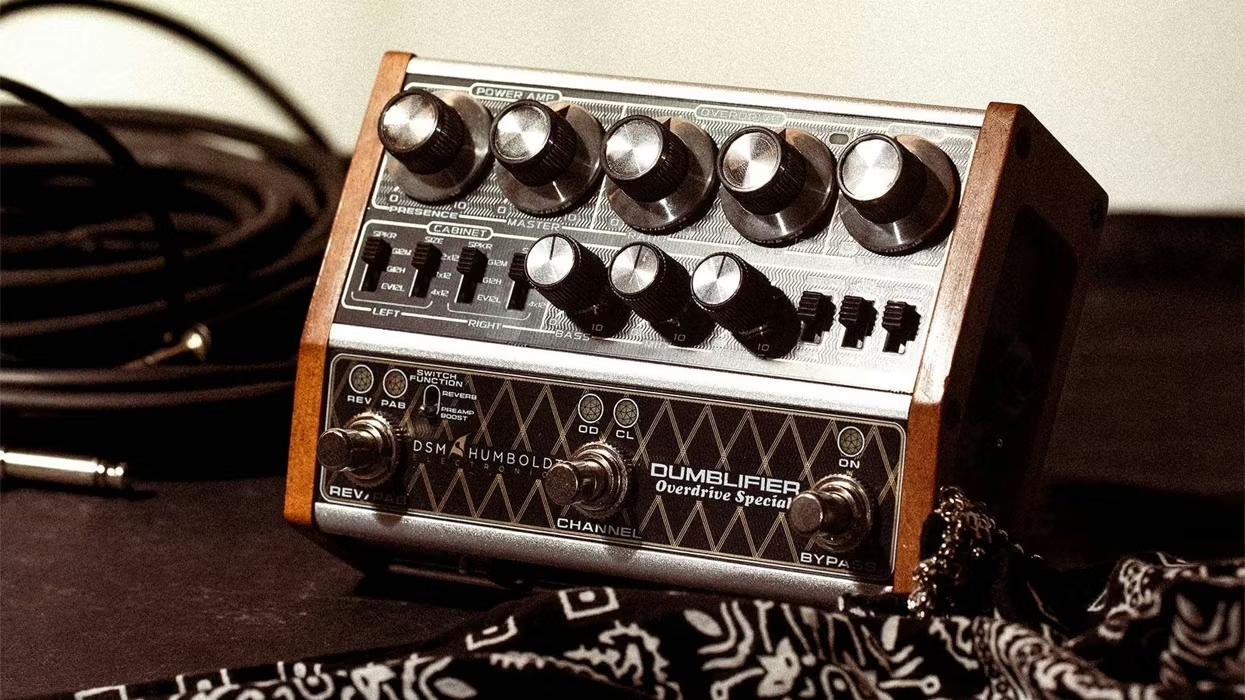

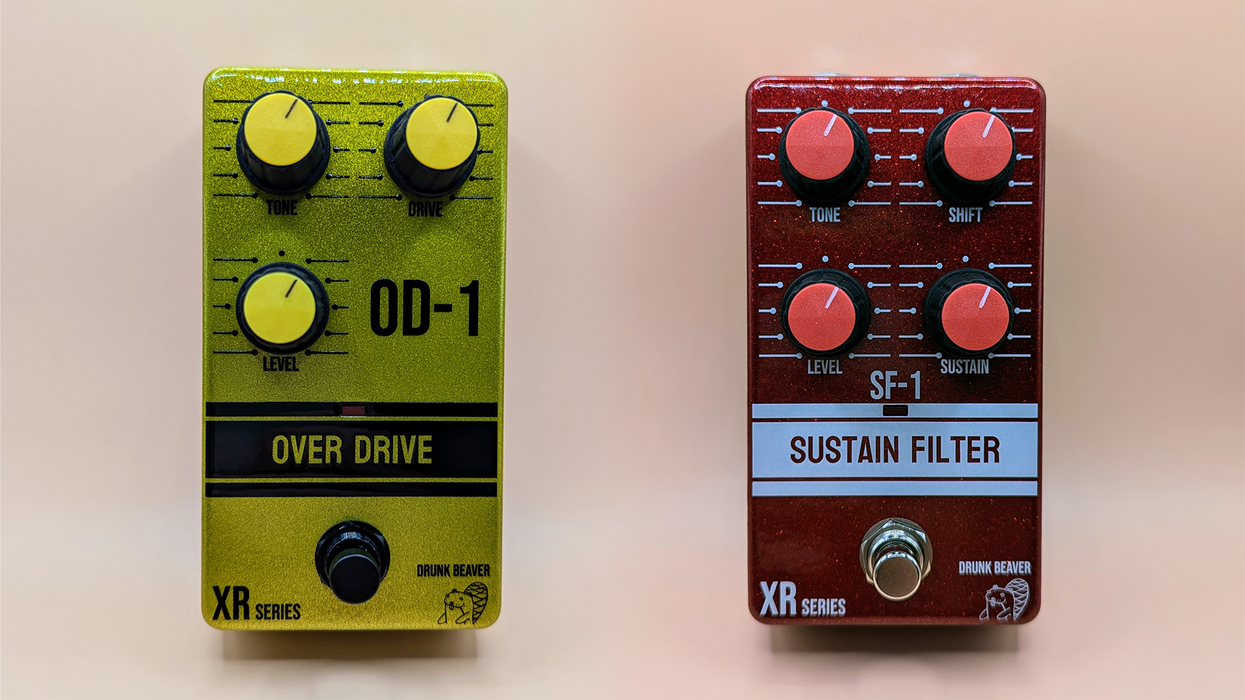



![Rig Rundown: Russian Circles’ Mike Sullivan [2025]](https://www.premierguitar.com/media-library/youtube.jpg?id=62303631&width=1245&height=700&quality=70&coordinates=0%2C0%2C0%2C0)





